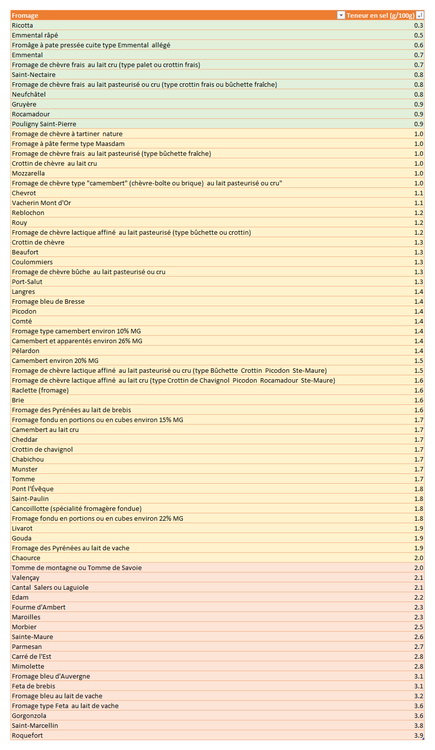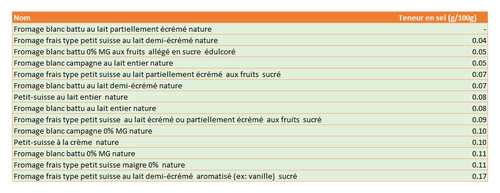For instance the last JAMA study on protein is an exemplary proof of weak nutritional studies!
Consumption of meat was not associated with any mortality in ever quartile!
The null hypothesis cannot be rejected!
But the authors doesn’t care about that which is a hard fact.
They did a multivariate analysis which showed that replacing animal protein by plant protein reduces mortality. it is a construction not a fact.
Les coefficients de corrélation de Spearman pour la validité des protéines animales et des protéines végétales étaient respectivement de 0,21 et 0,59 chez les hommes et de 0,26 et 0,49 chez les femmes21.
Les valeurs correspondantes pour la reproductibilité étaient de 0,49 pour les protéines animales et de 0,60 pour les protéines végétales chez les hommes et de 0,48 pour les protéines animales et de 0,58 pour les protéines végétales chez les femmes.
Les informations diététiques étaient également basées sur une seule évaluation de base et les habitudes alimentaires pourraient avoir changé au cours du suivi. Cependant, une telle classification erronée dans l'évaluation de l'exposition est probablement non différentielle entre les participants à l'étude et aurait probablement atténué les estimations du risque associées à les résultats de la mortalité vers null. Néanmoins, nous avons encore pu voir des associations différentielles avec les résultats de mortalité dans notre étude.
Bien que nous ayons exclu les participants ayant des antécédents de maladies chroniques, la présence de maladies infracliniques pourrait avoir entraîné une modification des habitudes alimentaires.
La consommation de protéines végétales peut représenter un comportement alimentaire sain; Bien que l'ajustement pour plusieurs facteurs de style de vie ait montré peu de différence dans les résultats globaux, la possibilité d'une confusion résiduelle dans l'association entre les protéines végétales et la mortalité demeure.











